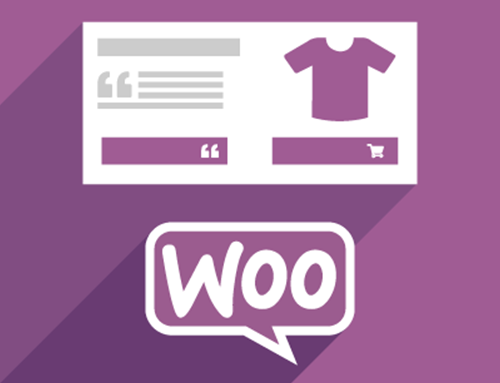 SSL
SSL
The internet is a wonderful digital space that allows us to communicate with people all over the world at the touch of a button via beautifully crafted websites. At the same time we can click on a product we like and have it delivered to our door just hours later. Would you consider using these online services if you thought you weren’t safe? SSL stands for ‘Secure Sockets Layer’ and is the backbone of our modern day internet.
By investing in an SSL Certificate for your website you will rank higher in Google than non-SSL certified websites. The SSL protocol is used by millions of e-Business providers in order to protect their buyers and to ensure all data exchanged through the website remains 100% confidential.
SSL is designed to protect sensitive information as it travels across the web. By having an SSL Certificate you permit your data to be encrypted and this puts a stop to fraudulent activity carried out by hackers and data thieves. In 2017 you can improve your online presence significantly by having an SSL Certificate for your website, and in this blog post we will show you how to go about it.
The standard internet communication protocol is used by most of the worldwide web and is known as HTTP (Hyper Text Transfer Protocol). HTTP does not guarantee the security of your data and transactions online. It is renowned for being insecure and susceptible to interception, hacking and other online malicious activities. Consequently, SSL was born and can be referred to otherwise as an Extended Validation Certificate (EV).
How can I tell if a website has an SSL Certificate?
When an SSL Certificate is installed on a website a padlock icon will be visible in the browser address bar.
During secure sessions the address bar will turn green and you will notice an ‘S’ at the end of HTTP. This stands for ‘secure’ and is displayed as https://. HTTPS is often used to protect highly confidential transactions such as online shopping order forms and online banking transactions.
It is Google’s intention to provide a 100% secure channel for all websites and users. As a result, in the future you will notice the padlock icon crossed out with a red ‘X’ in the URL bar. This will help you differentiate between safe and non-safe websites. Perhaps now you can see the importance of an SSL Certificate for your website!
HTTPS Everywhere | A Google initiative that labelled HTTP sites as ‘unsafe’
In 2014 Google announced an extension that encrypts your communications with major websites. This initiative was designed compatible with Firefox, Chrome and Opera making your browser significantly more secure. The aim of the game here was to mark all HTTP websites as “unsafe” and “non-secure”. Eventually the plan is to make all websites without an SSL Certificate unable to utilise various web features and make it clear to online users and buyers that simple HTTP sites are not trustworthy and provide no data security.
Data privacy and tech experts applaud Google’s plan as it does not only work in favour of protecting data travelling across the web. With billions of websites flooding the internet HTTPS also ensures that the user is connecting to the right sites as opposed to imposter ones.
Ranking in 2017
This year it has been decided that HTTP websites that transmit sensitive user data including banking details and passwords will be flagged up with a red warning sign. In short this means anyone visiting the site will be told it is ‘unsafe’ and ‘insecure’ causing mistrust and subsequently, loss of custom. Whichever way you see things HTTPS will be considered the ‘defacto security standard’ in the future.
SME Media specialises in website design and SSL Certification to ensure your website ranks high in Google and is recognised as ‘trustworthy’. Please do not think twice about getting in touch should you wish to ask any questions about your website and online security. Take all the necessary precautions to make certain you are operating safely and securely online. Send us a message at SMEmedia.co.uk or call Paul direct on 0203 418 0001.

